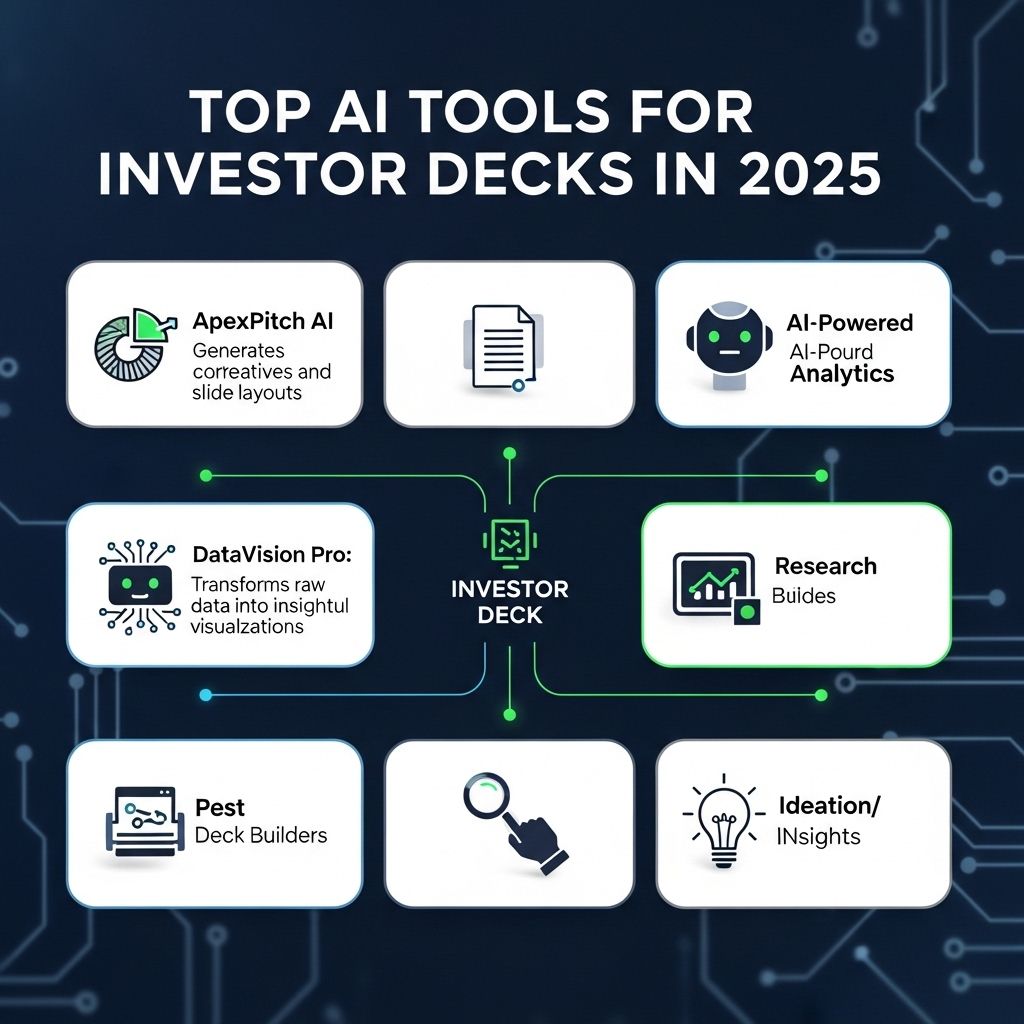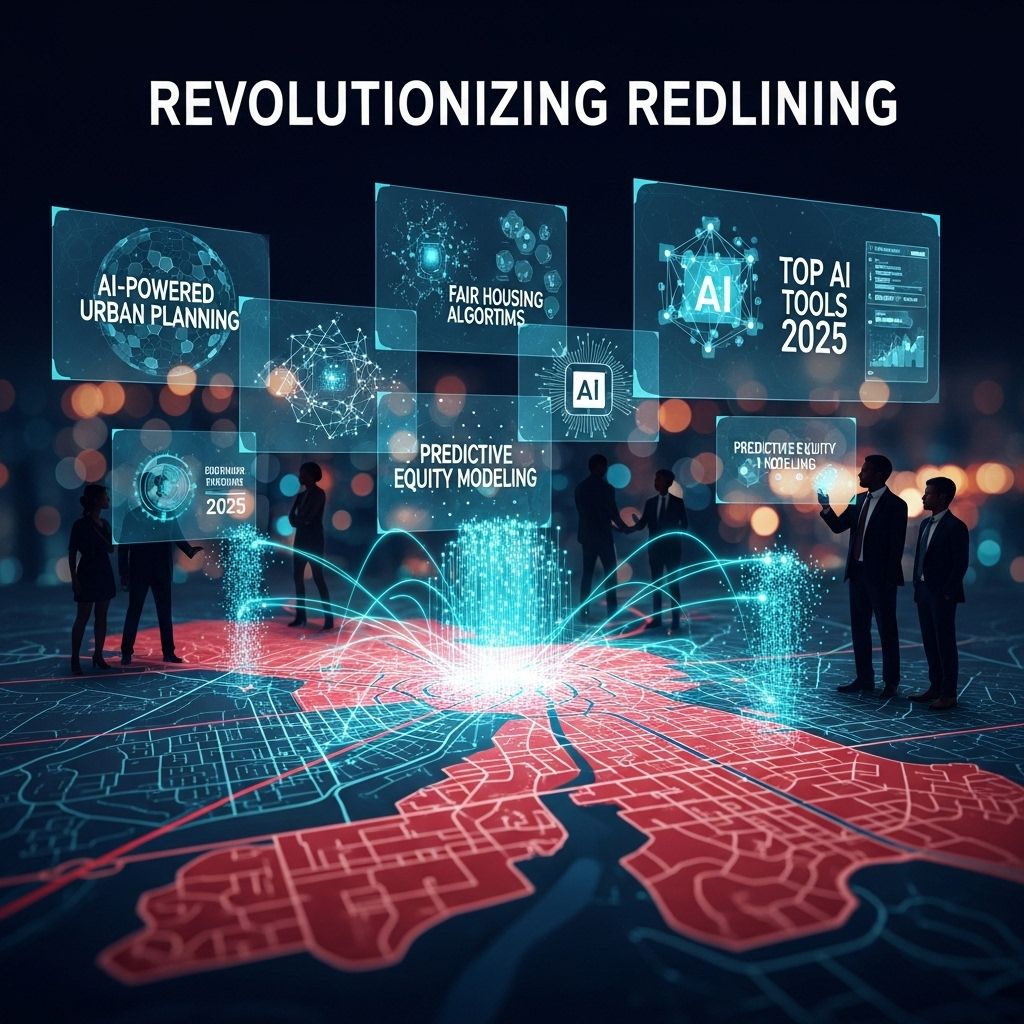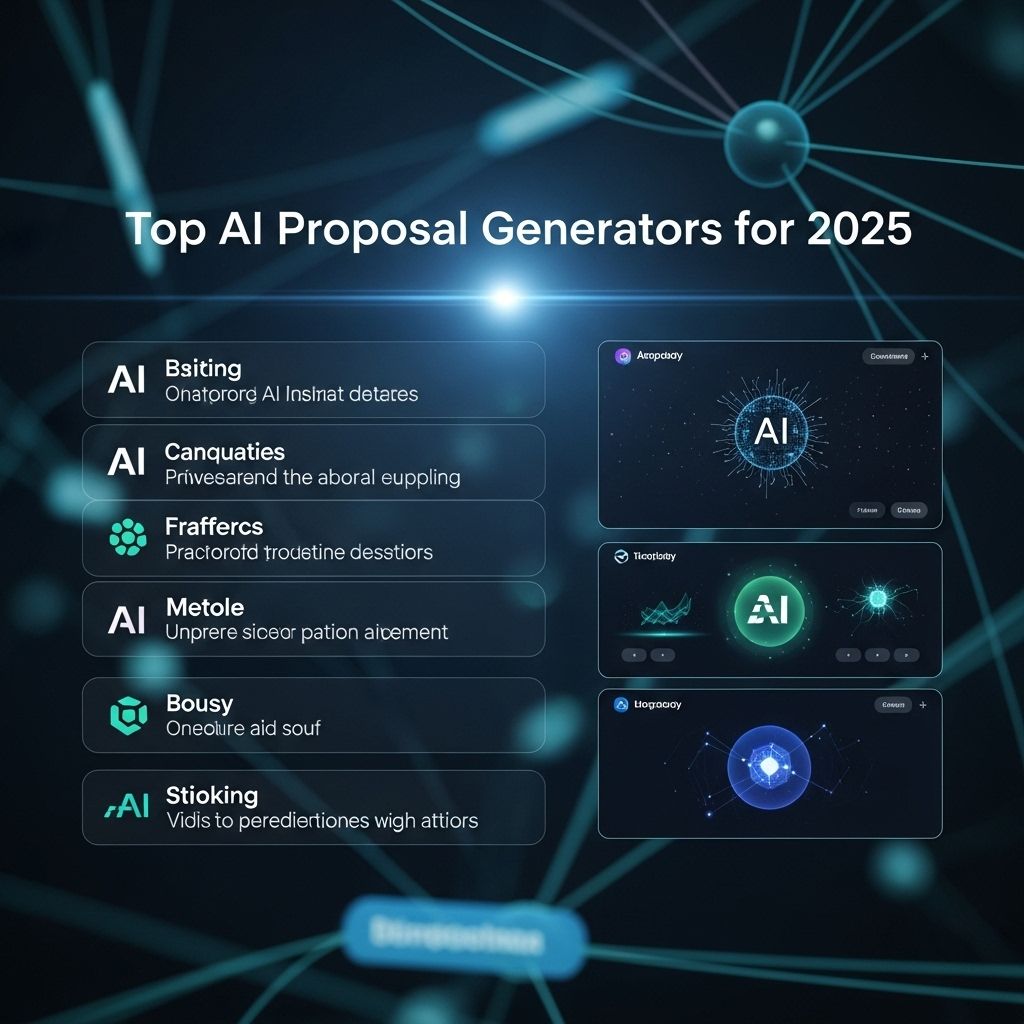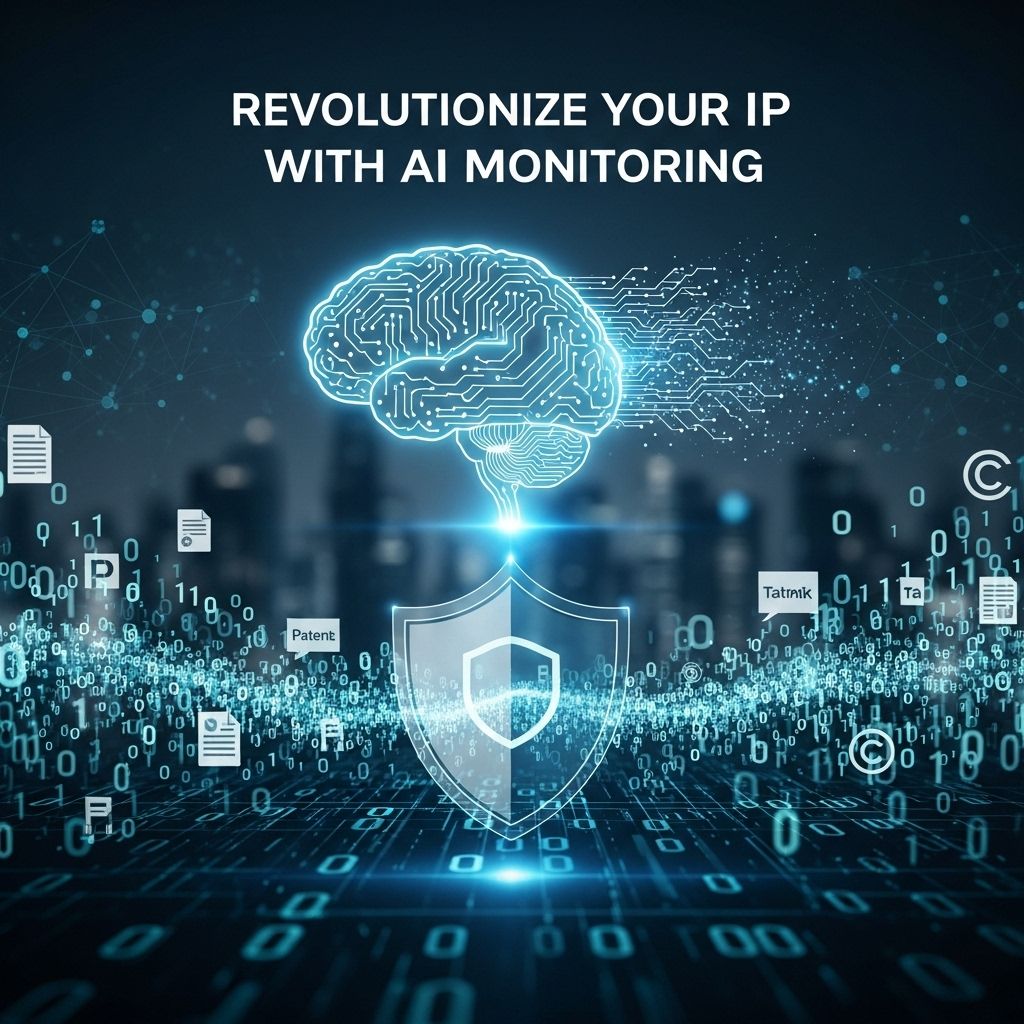Top AI Solutions to Combat Redlining in 2025
Discover the best AI solutions to address redlining issues in 2025, promoting equity and fairness in housing and finance.
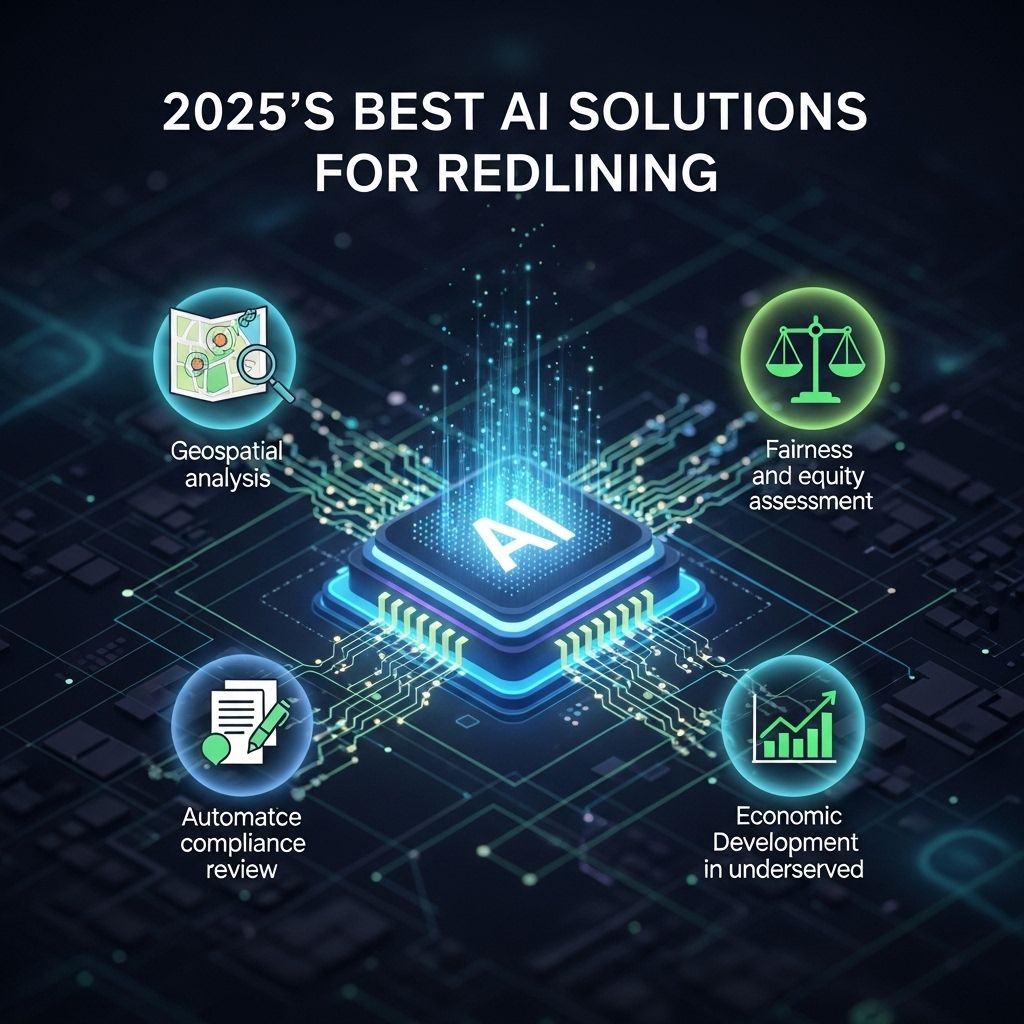
The landscape of artificial intelligence (AI) is rapidly evolving, transforming various sectors, including social justice and urban planning. One area where AI shows significant promise is in combating the historically entrenched issue of redlining. Redlining, a discriminatory practice that restricts access to financial services based on racial or ethnic backgrounds, has long-lasting effects on communities. In this article, we delve into some of the leading AI solutions poised to address redlining by enhancing data analysis, improving access to resources, and promoting equitable policies.
Table of Contents
Understanding Redlining and Its Impacts
Redlining originated in the 1930s when government-backed loans were systematically denied to residents of certain neighborhoods predominantly inhabited by people of color. This practice has led to:
- Disinvestment in marginalized communities
- Higher levels of poverty and unemployment
- Lower quality of education and healthcare
- Increased segregation and inequality
To effectively combat these negative effects, innovative AI solutions are being developed to analyze housing data, assess creditworthiness, and ensure equitable resource distribution.
The Role of AI in Addressing Redlining
AI can play a pivotal role in identifying patterns, predicting outcomes, and suggesting interventions to help dismantle the barriers created by redlining. Here are some of the top AI solutions for this purpose:
1. Predictive Analytics for Housing Trends
Predictive analytics uses historical data to forecast future trends. By leveraging machine learning algorithms, AI tools can analyze housing market data, including:
- Property values
- Rental prices
- Diversification of neighborhood demographics
- Access to public amenities
This analysis can help policymakers and non-profit organizations identify areas needing investment and support.
2. AI-Powered Credit Scoring
Traditional credit scoring models often reinforce systemic biases. AI can provide a more holistic view of an individual’s financial behavior by incorporating alternative data sources, such as:
- Utility payments
- Rental history
- Employment stability
By utilizing these diverse data points, AI can create fairer credit scores, making financial services more accessible to historically marginalized populations.
3. Geographic Information Systems (GIS)
GIS technology, combined with AI, can create detailed visualizations that illustrate the impact of redlining. These tools can display:
| Feature | Benefit |
|---|---|
| Heat maps | Highlight areas of disinvestment |
| Socioeconomic overlays | Show correlations with income and education |
| Accessibility metrics | Identify transportation and service gaps |
Such visualizations can persuade stakeholders and advocate for policy changes to address historical injustices.
Notable AI Solutions in 2025
As we progress into 2025, several companies and organizations are developing AI-driven solutions specifically targeting the issues stemming from redlining. Here are a few noteworthy examples:
1. OpenAI’s Fair Housing Initiative
OpenAI has launched a platform aimed at assessing housing policies through an AI lens. This initiative includes:
- Analyzing past housing policies
- Identifying biases and their impacts
- Providing recommendations for equitable practices
2. DataKind’s A.I. for Social Good
DataKind collaborates with nonprofits to utilize AI for social good. Their projects focus on:
- Data analysis for urban planning
- Creating models to predict community needs
- Empowering organizations to advocate for equitable housing
3. Housing Data Hub
This platform aggregates vast datasets related to housing, demographics, and economic indicators. Key features include:
- Interactive dashboards
- Real-time data updates
- Custom reports for stakeholders
Challenges and Considerations
While the potential of AI is promising, several challenges remain in its implementation:
1. Data Privacy Concerns
AI solutions must ensure that personal data is handled securely and ethically. Organizations must comply with regulations such as GDPR while maximizing data usage.
2. Risk of Bias in Algorithms
Algorithms trained on historical data may inherit biases present in that data. Continuous monitoring and adjustments are necessary to prevent perpetuating discrimination.
3. Funding and Resources
Many communities lack the resources to implement AI solutions effectively. Collaborative efforts between governments, private sectors, and non-profits are essential for successful deployments.
The Future of AI and Redlining
As we move forward, the role of AI in addressing redlining could reshape housing policies and encourage financial inclusivity. Collaborative efforts among technologists, policy makers, and community activists will be vital in ensuring that these technologies are developed and deployed responsibly.
Conclusion
Combatting redlining through AI presents a unique opportunity to address systemic injustices rooted in our society. With innovative tools and data-driven insights, we can pave the way toward more equitable housing practices that benefit all communities. The future relies on leveraging technology to mend the divisions caused by historic discrimination and to ensure that everyone has access to the opportunities they deserve.
FAQ
What is redlining and how does it affect communities?
Redlining is a discriminatory practice where services, such as banking and insurance, are denied to residents of certain areas based on racial or ethnic composition. This practice leads to economic disparities and limits access to essential resources for affected communities.
How can AI solutions help combat redlining?
AI solutions can analyze vast amounts of data to identify patterns of discrimination, monitor lending practices, and promote fair housing initiatives. By providing insights, AI can help policymakers create more equitable policies and improve community resources.
What are some examples of AI technologies addressing redlining issues?
Examples include machine learning algorithms that assess lending patterns for bias, data visualization tools that highlight areas affected by redlining, and predictive analytics to forecast the impact of policy changes on underserved communities.
How can communities leverage AI to improve housing equity?
Communities can utilize AI-driven platforms to gather data on housing availability, affordability, and neighborhood demographics, allowing them to advocate for fair housing policies and attract investment in historically marginalized areas.
What role do policymakers play in using AI to address redlining?
Policymakers can utilize AI insights to create informed legislation, enforce anti-discrimination laws, and allocate resources effectively to areas that have been historically neglected due to redlining.
Are there any risks associated with using AI in combating redlining?
Yes, there are risks such as algorithmic bias, which can perpetuate existing inequalities if not properly managed. It’s crucial to ensure that AI solutions are transparent, accountable, and regularly audited to prevent unintended consequences.


